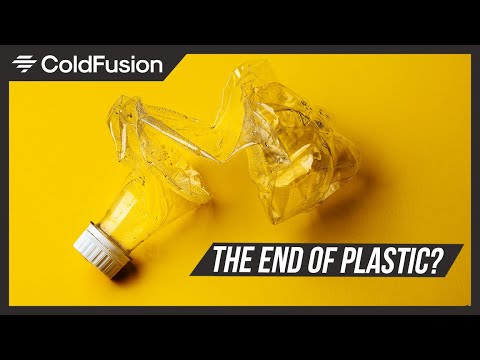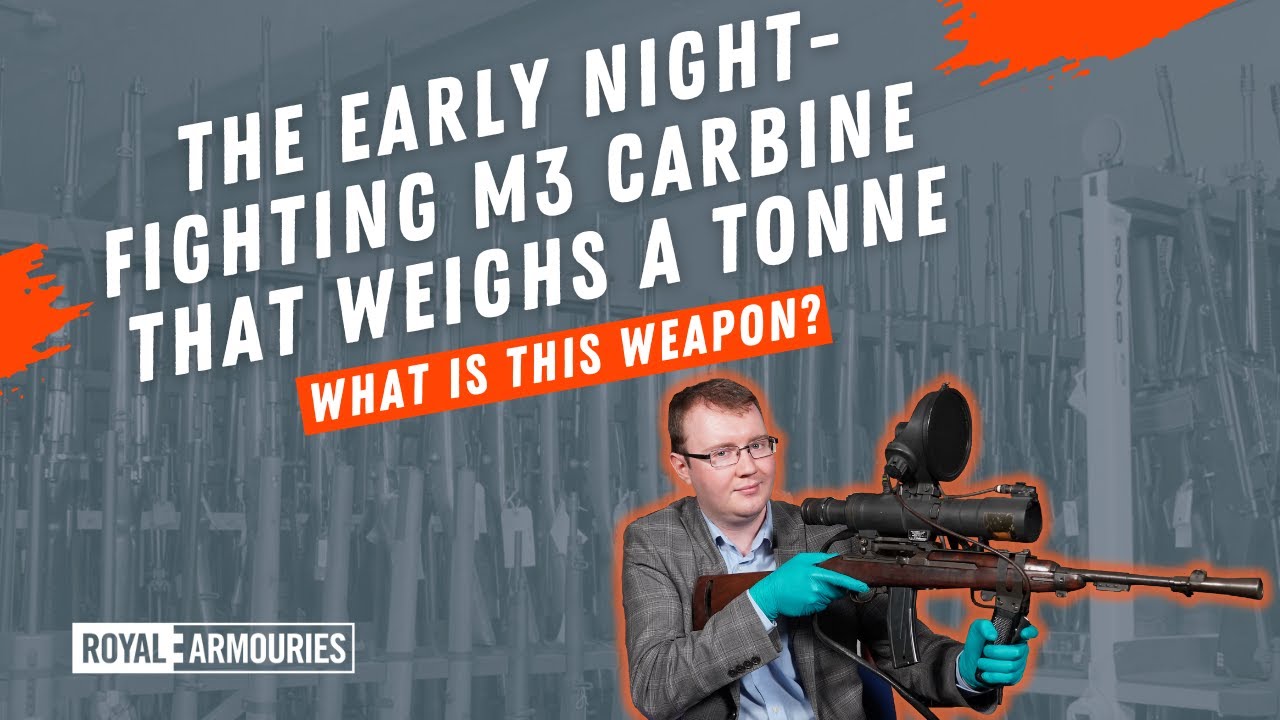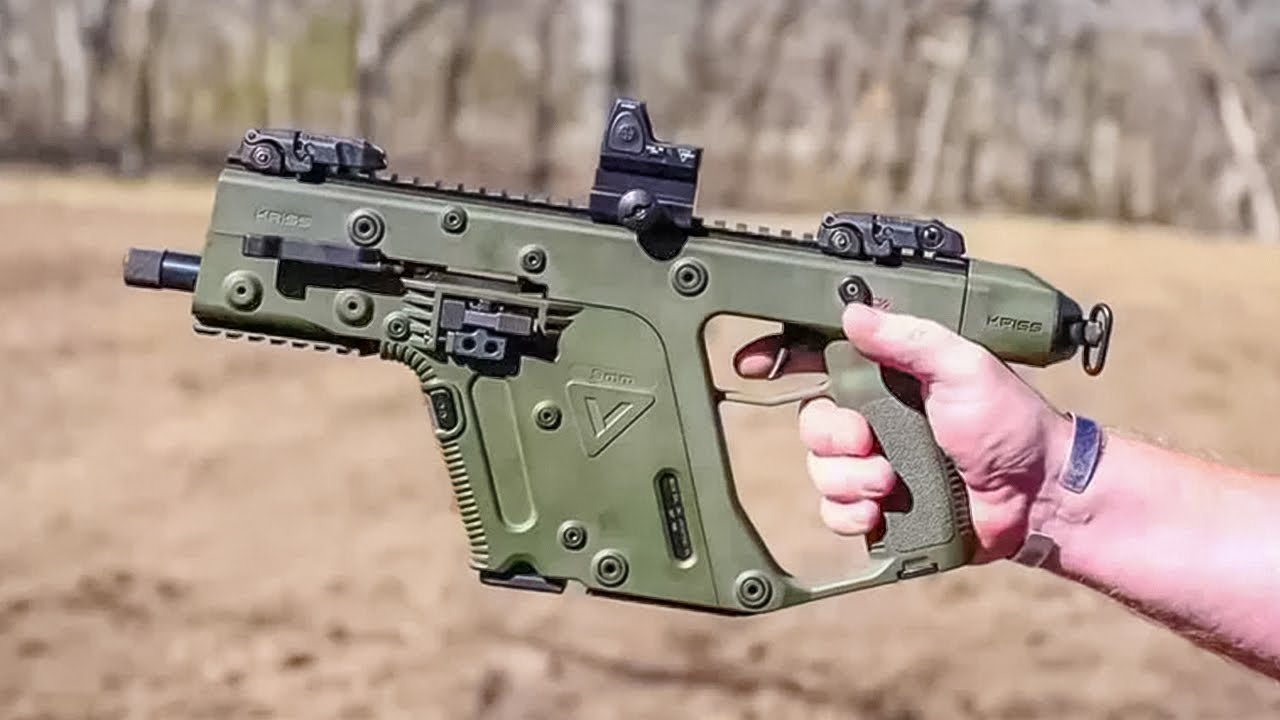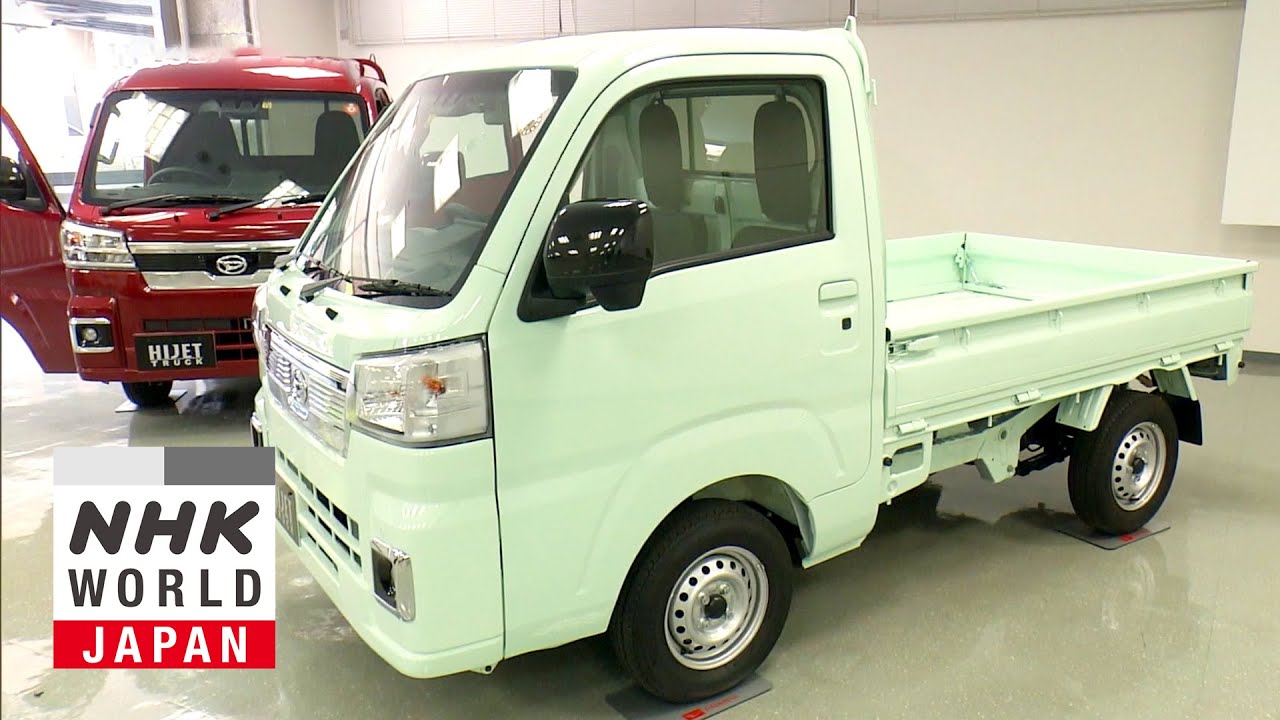Condottiere
Emperor Mongoose
Top 9 Plants that Provide Oxygen
Author: Tanya Sood Published: 10th August, 2019
With the rising level of pollutions, the air around is deteriorating day by day. This increases the chances of diseases like asthma, sinus, bronchitis, and many other breathing problems. While the government and other health regulatory bodies are working on the best possible solutions, individuals have to take steps in control to help the pollution levels go down. One can not avoid the pollution and inhaling toxic substances, one can still make sure sufficient supply of clean air and oxygen indoors with indoor plants. Keeping plants indoors not only improves air quality but can also improve your mental health and make you feel more peaceful.
The Weeping Fig
Ficus Plant, commonly known as the weeping fig is a beautiful foliage air purifying plant. It is a common house plant with various benefits. It is one of the best air purifying plant and has been recognized by NASA, for effective at cleansing airborne formaldehyde, xylene and toluene. By keeping this plant in your house you can improve the quality of the air you breathe indoors, and stay healthy.
Aloe Vera Plant
A perennial succulent, aloe vera is known for being good for your skin. It is often known as the wonder plant as it has many medical benefits and is a known herb. It is an excellent plant for purifying the air, as it removes benzene and formaldehyde from the air. It is also known for releasing oxygen at night. It is an excellent indoor plant for oxygen.
Pothos Plant
A beautiful and lively foliage plant, pothos is very easy to take care of! It is an excellent plant to improve air quality inside the house. It is known for emitting toxins from the air like formaldehyde, benzene and carbon monoxide. It is an admirable indoor plant for oxygen and releases oxygen at night.
Spider Plant
The spider plant is one of the easiest indoor plants to grow. The spider plant is known to improve the air quality by filtering out carbon monoxide, formaldehyde and benzene. It is a magnificent indoor plant for oxygen. It is also known for spreading happy vibes and helping with anxiety & stress management.
Areca Palm
Known for absorbing harmful pollutants from the air, Areca palm is one of the best indoor plants for purifying the air. Areca Palm is not only known for purifying the air but also helps with the proper development of children and fetus. Keeping this plant in the house helps with the strengthening the nervous system as well.
Snake Plant
Excellent air purifying foliage, Snake plant is one of the most loves indoor plants. It is recognized by NASA for purifying the air and absorbing toxins like formaldehyde, nitrogen oxide, benzene, xylene and trichloroethylene. It is known for adding oxygen to the room and absorbing CO2.
Tulsi
Spiritual foliage, Tulsi plant has several benefits. Keeping this plant in the house is known to bring good health and luck into the house. It is known for protecting the house from evil. Apart from its spiritual benefits, the Tulsi plant is known as the queen of herbs and has several health benefits. Keeping Tulsi plant inside the house increases the supply of oxygen as it gives out oxygen 20 hours a day. It also absorbs harmful gases like carbon monoxide, carbon dioxide and sulphur dioxide from the air.
Bamboo Plant
The bamboo plant removes toluene from the air which is a colourless liquid with a pungent smell and has harmful effects like nose, eyes, & throat irritation. It also filters out harmful toxins from the atmosphere like benzene, & formaldehyde. Keeping a bamboo plant at home can increase oxygen levels tremendously.
Gerbera Daisy
The colourful flowering plant not only makes the house look beautiful but is an excellent indoor plant for oxygen. As per NASA’s Clean Air Study, Gerbera Daisy removes pollutants from the air like formaldehyde, benzene and trichloroethylene. It is also known for releasing oxygen at night and absorbing CO2.
https://www.fnp.com/article/top-9-plants-that-provide-oxygen
Author: Tanya Sood Published: 10th August, 2019
With the rising level of pollutions, the air around is deteriorating day by day. This increases the chances of diseases like asthma, sinus, bronchitis, and many other breathing problems. While the government and other health regulatory bodies are working on the best possible solutions, individuals have to take steps in control to help the pollution levels go down. One can not avoid the pollution and inhaling toxic substances, one can still make sure sufficient supply of clean air and oxygen indoors with indoor plants. Keeping plants indoors not only improves air quality but can also improve your mental health and make you feel more peaceful.
The Weeping Fig
Ficus Plant, commonly known as the weeping fig is a beautiful foliage air purifying plant. It is a common house plant with various benefits. It is one of the best air purifying plant and has been recognized by NASA, for effective at cleansing airborne formaldehyde, xylene and toluene. By keeping this plant in your house you can improve the quality of the air you breathe indoors, and stay healthy.
Aloe Vera Plant
A perennial succulent, aloe vera is known for being good for your skin. It is often known as the wonder plant as it has many medical benefits and is a known herb. It is an excellent plant for purifying the air, as it removes benzene and formaldehyde from the air. It is also known for releasing oxygen at night. It is an excellent indoor plant for oxygen.
Pothos Plant
A beautiful and lively foliage plant, pothos is very easy to take care of! It is an excellent plant to improve air quality inside the house. It is known for emitting toxins from the air like formaldehyde, benzene and carbon monoxide. It is an admirable indoor plant for oxygen and releases oxygen at night.
Spider Plant
The spider plant is one of the easiest indoor plants to grow. The spider plant is known to improve the air quality by filtering out carbon monoxide, formaldehyde and benzene. It is a magnificent indoor plant for oxygen. It is also known for spreading happy vibes and helping with anxiety & stress management.
Areca Palm
Known for absorbing harmful pollutants from the air, Areca palm is one of the best indoor plants for purifying the air. Areca Palm is not only known for purifying the air but also helps with the proper development of children and fetus. Keeping this plant in the house helps with the strengthening the nervous system as well.
Snake Plant
Excellent air purifying foliage, Snake plant is one of the most loves indoor plants. It is recognized by NASA for purifying the air and absorbing toxins like formaldehyde, nitrogen oxide, benzene, xylene and trichloroethylene. It is known for adding oxygen to the room and absorbing CO2.
Tulsi
Spiritual foliage, Tulsi plant has several benefits. Keeping this plant in the house is known to bring good health and luck into the house. It is known for protecting the house from evil. Apart from its spiritual benefits, the Tulsi plant is known as the queen of herbs and has several health benefits. Keeping Tulsi plant inside the house increases the supply of oxygen as it gives out oxygen 20 hours a day. It also absorbs harmful gases like carbon monoxide, carbon dioxide and sulphur dioxide from the air.
Bamboo Plant
The bamboo plant removes toluene from the air which is a colourless liquid with a pungent smell and has harmful effects like nose, eyes, & throat irritation. It also filters out harmful toxins from the atmosphere like benzene, & formaldehyde. Keeping a bamboo plant at home can increase oxygen levels tremendously.
Gerbera Daisy
The colourful flowering plant not only makes the house look beautiful but is an excellent indoor plant for oxygen. As per NASA’s Clean Air Study, Gerbera Daisy removes pollutants from the air like formaldehyde, benzene and trichloroethylene. It is also known for releasing oxygen at night and absorbing CO2.
https://www.fnp.com/article/top-9-plants-that-provide-oxygen








